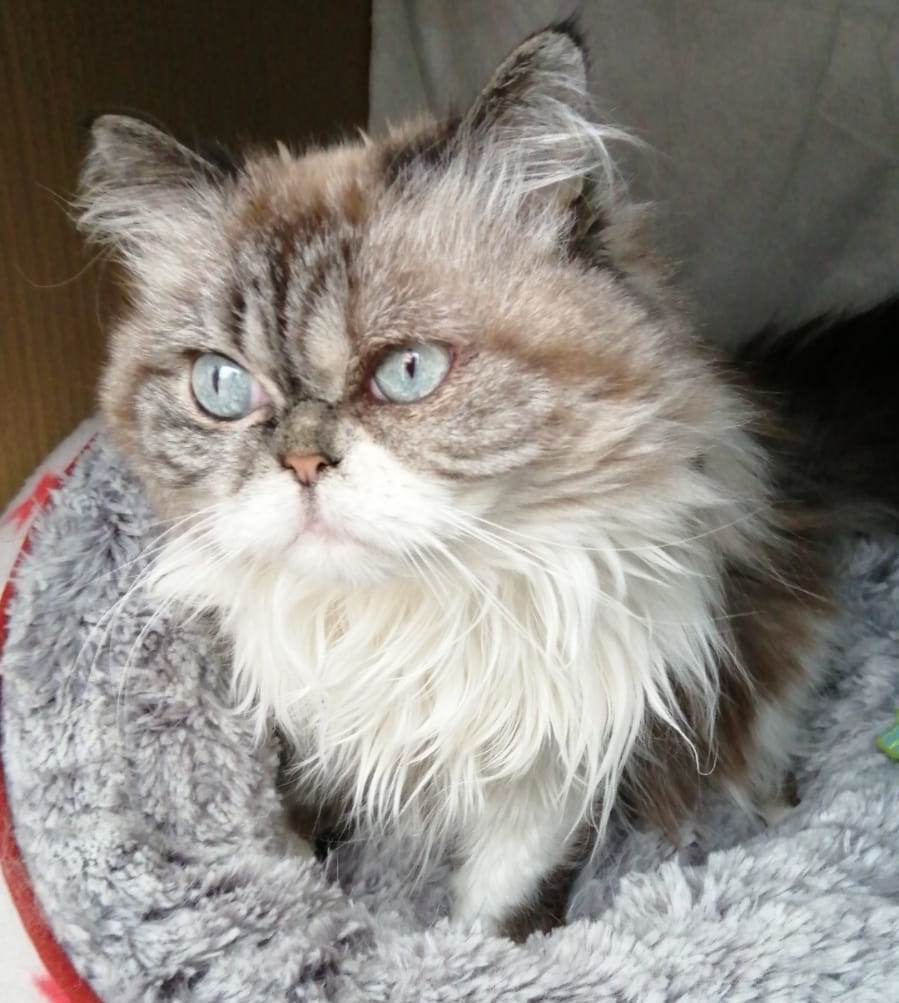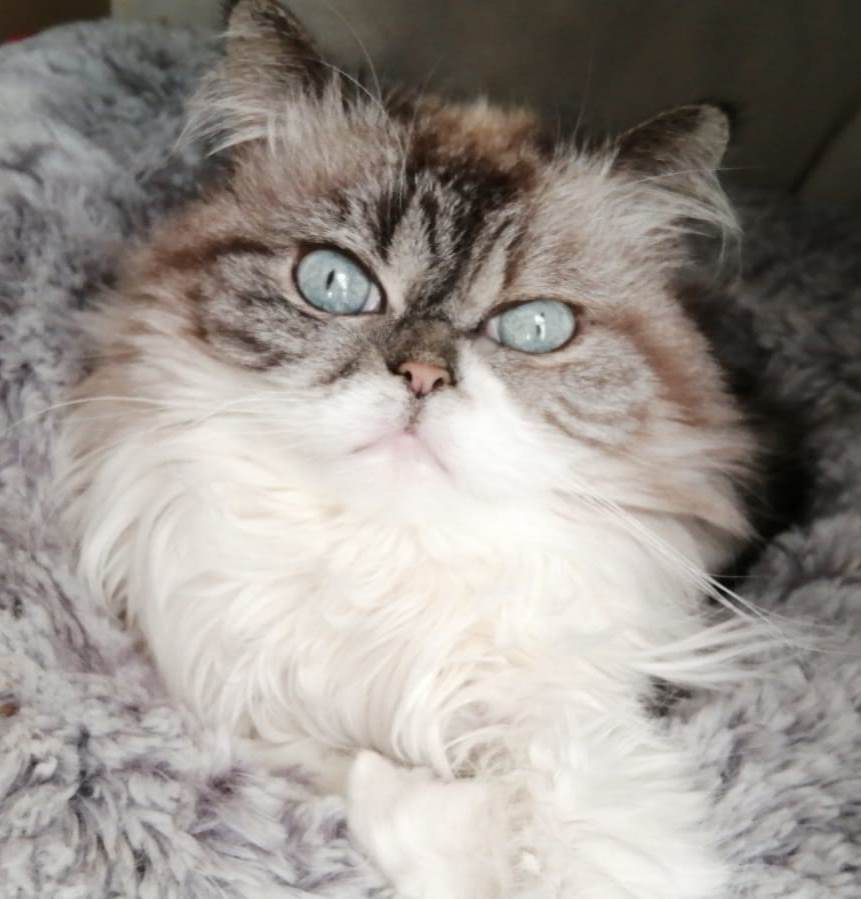Persian Cats & Their Care
The Persian cat has a stocky, short-legged body, has a broad, round head, a snub nose, and a short, heavily haired tail. The large, round eyes may be blue, orange, golden, green, or copper depending on the coat colour. The soft, finely textured coat forms a heavy ruff about the neck.
The Persian cat is bred in a number of colour varieties. The solid, or self, colours are white, black, blue, red, and cream. Patterned coats include shaded silver and black; silver, brown, blue, or red with darker markings; white finely ticked with black; cream, red, and black (tortoiseshell); calico, or tortoiseshell and white; blue-gray and cream intermingled (blue cream); and bicoloured. The colours of tortoiseshells, calicos, and blue creams are genetically linked with the sex of the cat. Almost all are females, and most of the few males are sterile. Blue-eyed white cats may be deaf but this is by no means the absolute norm.
Like any cats, Persians need a healthy diet, exercise and plenty of love. They also need some special attention when it comes to grooming.
With Persians, you get hair!
When it is properly cared for a Persian cat’s coat is stunning to look at with a luxurious feel, but all that hair will cover furnishings and carpets if you don’t keep on top of it. If you adopt a Persian cat, be sure to invest in a good vacuum for your floors, a few lint rollers for your clothes, and good grooming tools for your feline companion. Grooming them daily not only keeps their coat in fabulous condition, but it reduces shedding too.
Be aware that a Persian’s coat can easily collect dirt and litter. It is a good idea to trim your Persian cat’s fur around the paws and back-end to help them stay clean. Keeping any cats’ litter box scooped and clean is a must and a Persian coat is a perfect hiding place for litter box nasties.
Indoor-Only
A great many cats are now kept indoors, as this protects them from a variety of parasites, catching contagious diseases, being injured or killed on the road, being victims of deliberate cruelty and getting injured or killed by other animals. Persians in particular, are known to be lovers rather than fighters and can be easily injured in a fight with another animal. Their long hair also collects dirt, leaves, and small twigs and becomes quickly tangled and knotted. This means that their quickly tangled fur can mean they are unable to walk easily or run away from danger.
Keeping Your Persian Happy & Healthy
- Persian cats can have excessive tearing, which can cause staining. It’s important to wipe their eyes each day with a cotton pad or extra sensitive wipe to keep them clean and help prevent any eye problems.
- All cats need to have annual check-ups. This is responsible ownership and can prevent future serious issues.
- Check their teeth regularly. Unhealthy teeth and gums can lead to much bigger problems, but this rule applies to all cats – not just Persians.
- Persian cats cat be rather lazy, so providing them with interactive toys and spending time to play with them will make sure they stay a healthy weight and prevent boredom and stress.
- If your Persian scratches you furniture or carpets, keep their claws trimmed (your vets nurse can do this is you are unable to yourself), and provide plenty of scratching posts.
Persian Background & Fun Facts
The Persian cat is one of the oldest cat breeds and can been seen depicted in hieroglyphics as early as 1684 BC.
Since 1520 there is the first mention of the long-haired cats in Europe. But even earlier, the first Persian cats were brought as a curiosity from the east.
The first documented ancestors of the Persian were imported from Khorasan, Iran, into Italy in 1620 by Pietro della Valle, and from Angora (now Ankara), Ottoman Empire (Turkey), into France by Nicholas-Claude Fabri de Peiresc at around the same time.
The first Persian cat was presented at the first organised cat show, in 1871 at the Crystal Palace in London, organised by Harrison Weir.
Recognised by the Cat Fancy since the late 19th century, it was developed first by the English, and then by American breeders after the Second World War.
Persians are perhaps the quintessential “luxury” cat, or in other words, the cat who expects to be kept in the lap of luxury!
They are, however, one of the most popular cat breeds in the world.
